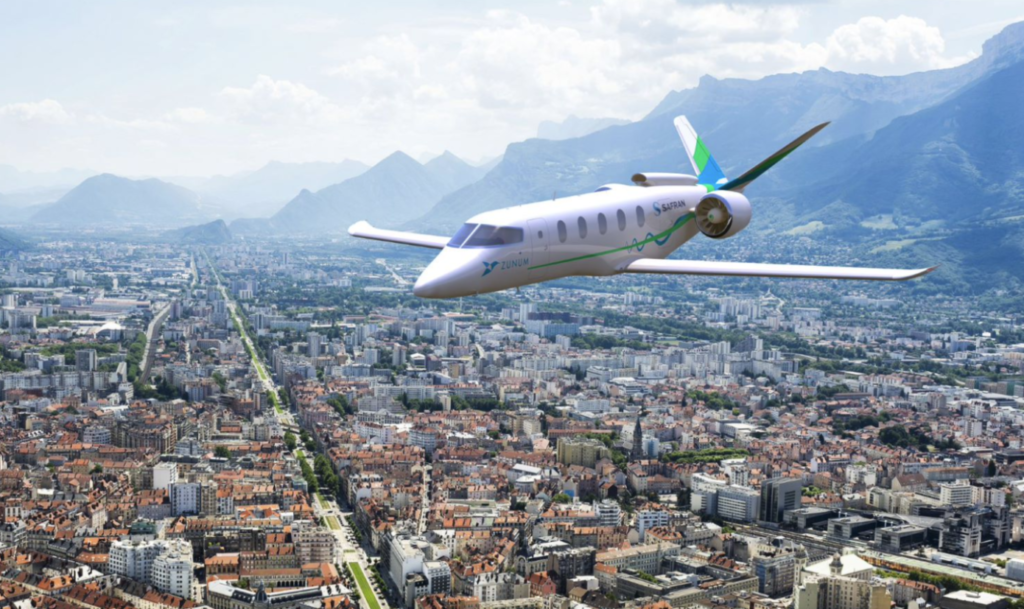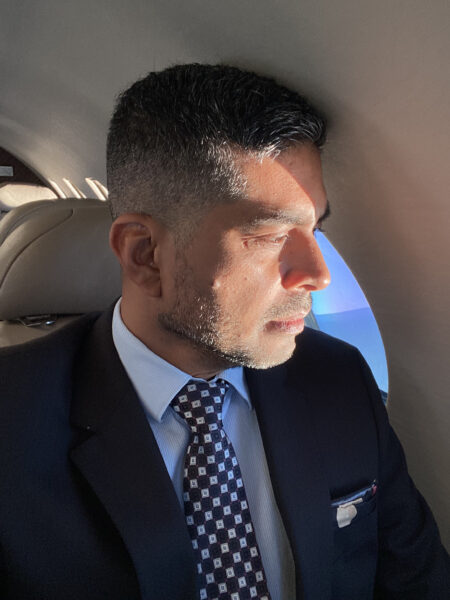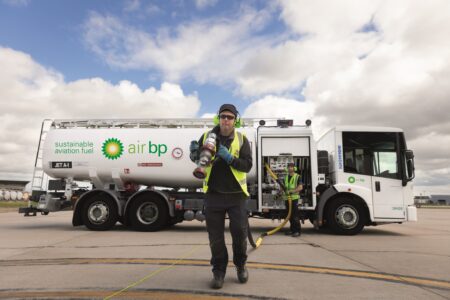Adam Twidell, CEO at PrivateFly, explores the industry trends he expects to lead the way this year.
While economic and market conditions were challenging, 2018 was a record year for private jet booking service PrivateFly, which generated significant continued growth, celebrated 10 years in business, and announced its acquisition by Directional Aviation in September. Reflecting on the year, PrivateFly has now released its latest Private Jet Charter Trends 2018 report detailing its top destinations, aircraft and a range of customer demographics.
Findings include London as the company’s busiest destination, more demand for the Hawker 800 midsize jet, and May 26 as the busiest take-off day due to a combination of the Cannes Film Festival, Champions League Final and public holiday weekends in both the UK and the US.
Now looking ahead to 2019, CEO Adam Twidell also offers his insight into some of the key industry developments and challenges to look out for in the next 12 months.
1. Make or break for shared charter programs
“For the past few years there has been lots of noise and investment around seat sharing in private jets. However, no one has yet been able to prove the viability of the business model. 2019 will be make or break time. Investors will not be able to keep pouring money in if these companies continue to make losses.”
2. Spotlight on environmental innovation
“Consumers and businesses are prioritizing green initiatives more than ever before, with the private aviation industry following this trend. Larger charter operators will start to be monitored this year under the carbon offsetting program that also applies to commercial airlines.
“Electric aircraft are the ultimate goal here. In 2019, I think we’ll see more investment in the leading concepts, gaining real traction. The focus (and challenge) now is on regulation and infrastructure. These aircraft can already fly, now they need to prove they can keep paying customers safe.”
3. Industry consolidation ramping up
“We’ve seen an increasing trend towards consolidation of businesses within the industry over the past few years, including our own acquisition by Directional Aviation. We’ll see more mergers and acquisitions in the on-demand charter segment this year. It’s still very fragmented, and both the customer and the industry would benefit from this being less so.”
4. Regulation impact – including Brexit
“This year our industry needs to grapple with a number of global regulation challenges. In Europe, Brexit will have a major impact – although exactly how is still unclear. Private jet operators need to be able to optimize their flight plans within Europe to make sense commercially. Limitations on inter-European flights will mean more complexity, less choice and – ultimately – customers paying more.
“In the US, the clock is ticking loudly for the incoming ADS-B requirement set by the Federal Aviation Authority (FAA) which means older aircraft require an expensive upgrade to their tracking systems to comply from January 2020; Europe follows suit in June 2020. This will impact the pre-owned market, and potentially increase charter costs on aircraft over 10 years old.”
5. More extreme weather-related demand
“Over the past few years we’ve seen major spikes in on-demand charter activity related to extreme weather events. From forest fires, to flooding, to hurricanes and heavy snowfall, private aviation can fly in quickly, when and where required. With these events seemingly getting more frequent, we’re expecting more of this type of demand in 2019.”
6. A tipping point for digital communication
“While our industry is highly customer-oriented, a surprising number of companies are still stuck in old communication ways. In 2019, we’ll see a tipping point when it comes to clients expecting instant, two-way communication – on their own terms. Offering a truly multichannel service, that includes social media, chat platforms, instant messaging and 24-hour phone support will become a key sales differentiator.”
7. New jets will stir up the super-midsize market
“The super-midsize segment will be one to watch this year, as Embraer’s Praetor 600 enters the market alongside Textron’s Citation Longitude – both manufacturers’ first forays into this key market segment that can perform transatlantic and cross-continental flights. Both will be vying to dethrone the popular Bombardier Challenger 350.”
8. More ultra-long range (nonstop) demand
“Following the trend seen in the airline segment, at the top of the market we expect to see more long-range clients looking to fly farther and choosing higher-priced non-stop flights over fuel stops – for faster overall journey time and uninterrupted sleep. All eyes are on the Global 7500 as it enters service, out-flying the current ‘fastest and furthest’ G650ER.”





